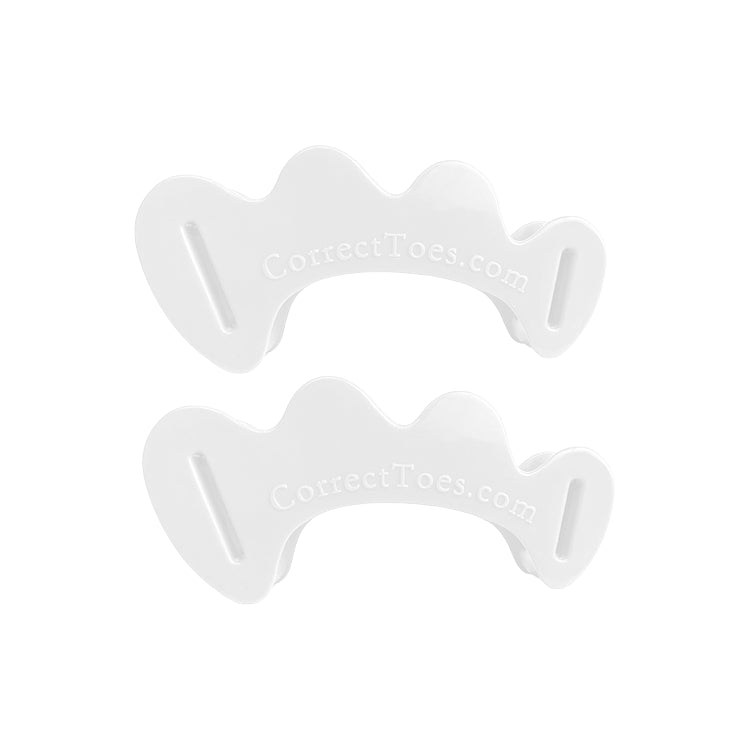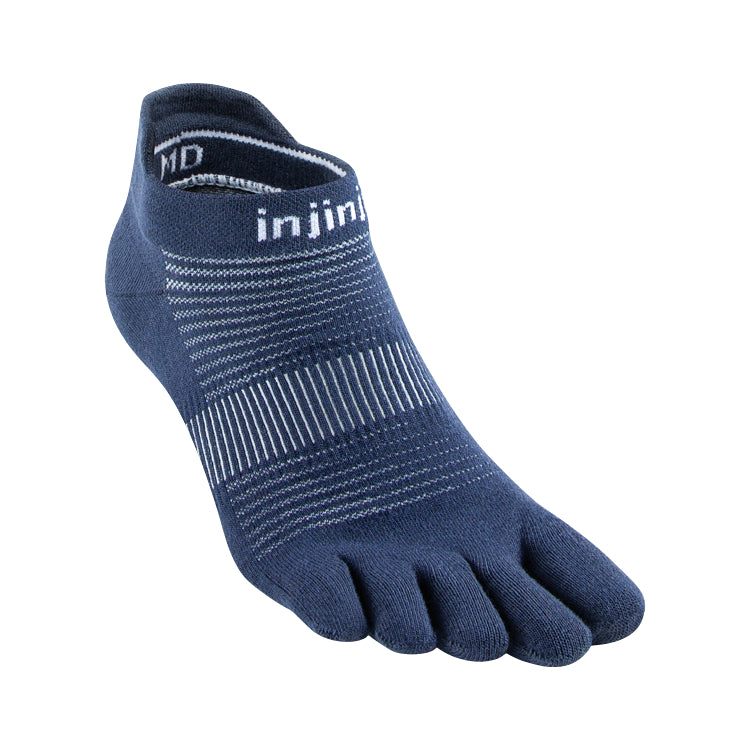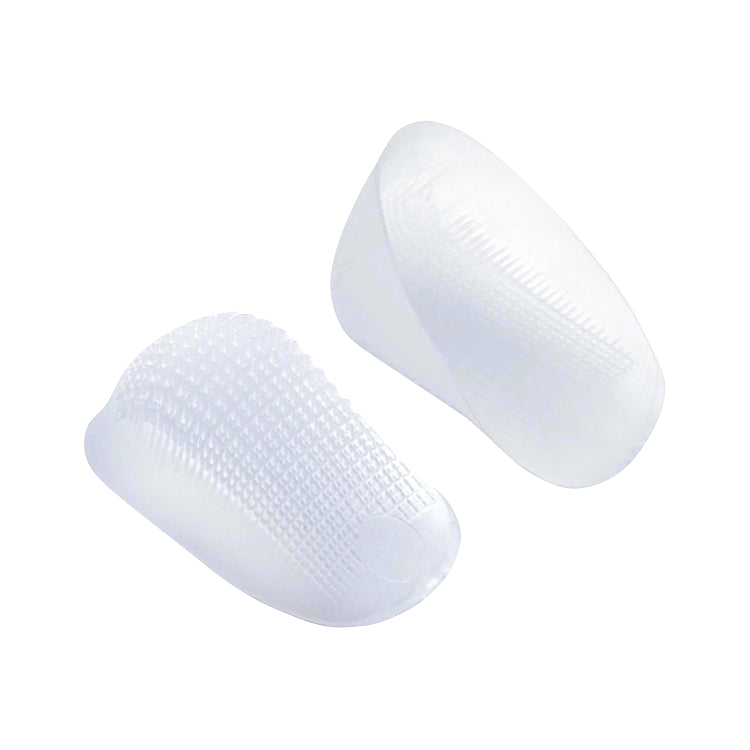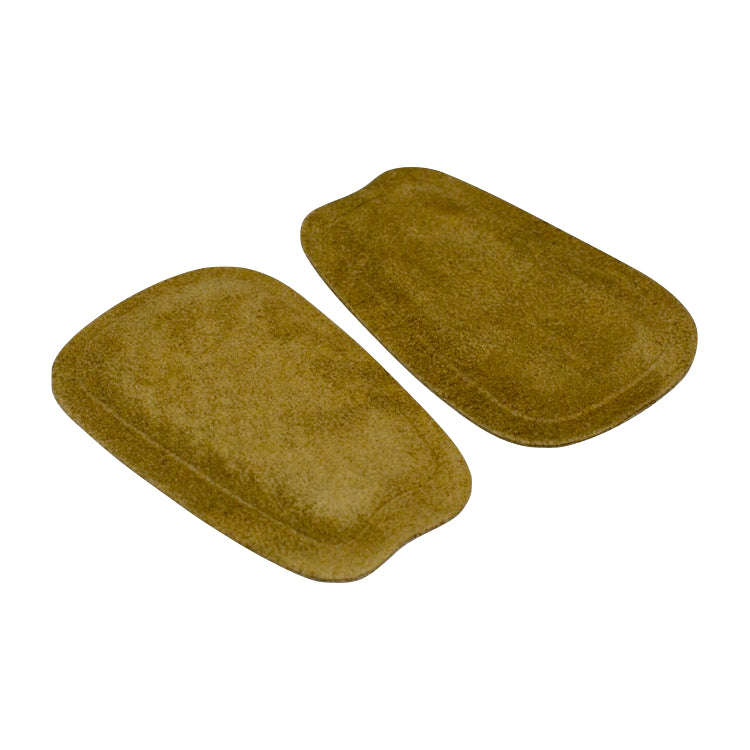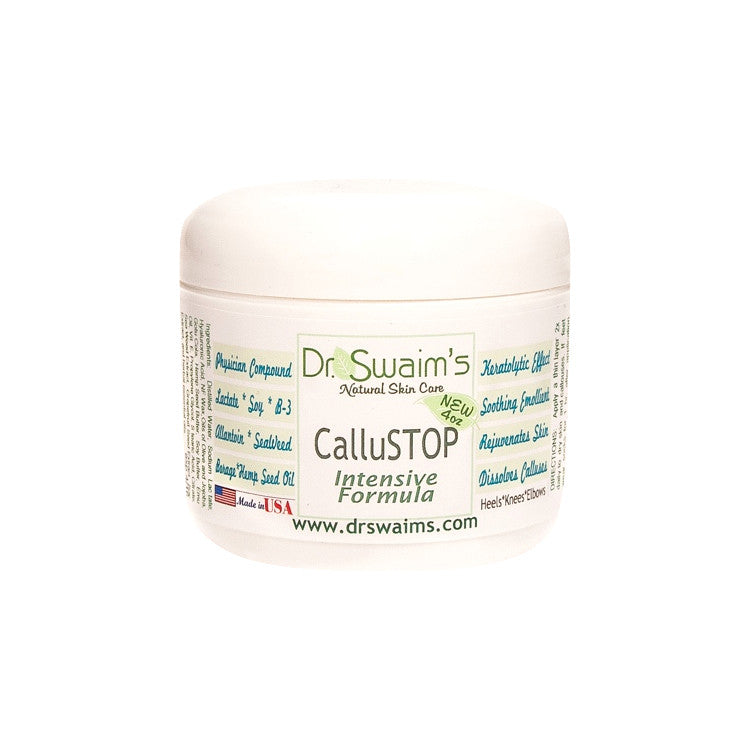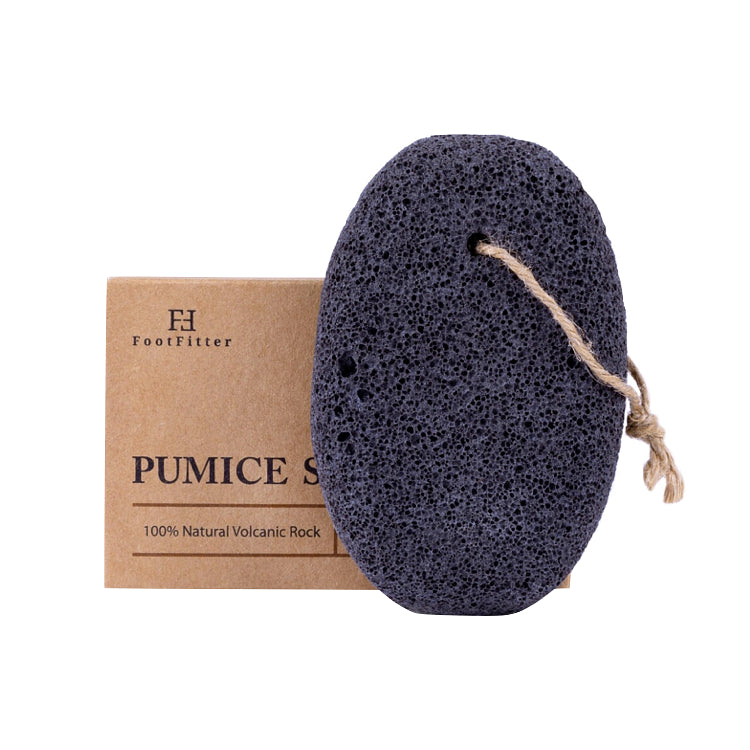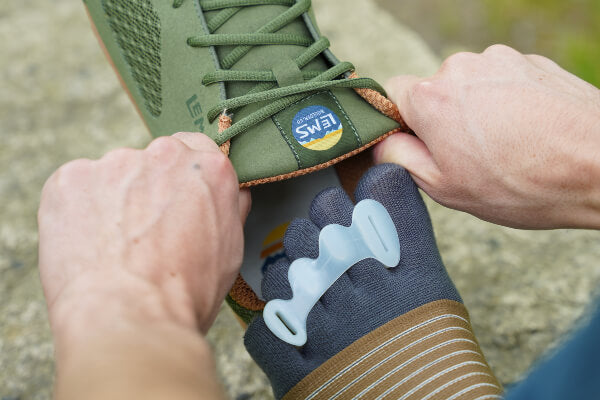
When transitioning to minimalist shoes or increasing the distance you walk, preventing blisters and calluses comes down to a gradual adjustment process and paying close attention to how your feet respond. The key is to allow your feet to slowly adapt to the new footwear by gradually increasing the amount of time you spend in them. This lets your feet and lower legs strengthen without overwhelming them. Start with short walks or wear your minimalist shoes for short periods during the day, and then progressively extend the duration. This gradual approach helps prevent friction and stress, which are the main culprits behind blisters and calluses. In some cases, blisters, in particular, may be unavoidable, but after the initial problem, the skin will heal and become more resilient and less prone to subsequent blisters.
Proper footwear fit is also crucial to avoid irritation. Minimalist shoes are designed to allow your feet to move more naturally, but if they don’t fit well, they can still lead to rubbing and pressure points. Be sure to choose men's or women's foot-healthy shoes that allow your toes to spread naturally and provide enough room for your foot to flex, bend, and articulate comfortably. Additionally, pay attention to your foot's alignment while walking—uneven weight distribution or poor posture can increase friction in certain areas, leading to blister formation. If you feel any hotspots or irritation, stop and adjust your foot positioning or footwear (by tightening or loosening laces, removing insoles, adding heel grips, heel cups, or tongue pads if you have them, etc.) before continuing.
Lastly, taking care of your feet with proper maintenance is essential. Consider moisturizing your feet to keep the skin supple and resilient. If you start developing calluses, consider using a pumice stone or foot file as well as Dr. Swaim's CalluSTOP to keep them in check and avoid excessive buildup, which can eventually lead to discomfort. On the blister front, if you feel any irritation developing, try using blister prevention pads or tape to protect vulnerable spots. Injinji toe socks are also very helpful when it comes to preventing blisters. Ultimately, transitioning to minimalist shoes is a process that requires patience and mindful attention to your body’s cues, but with consistent care, your feet will become stronger and more resilient over time.

WANT TO IMPROVE YOUR FOOT HEALTH?
Let the team at Natural Footgear help you! Subscribe to our newsletter for the latest offers and helpful info, and sign up for our FREE email courses on various topics and foot health conditions.
Sign Up →
Want to Improve Your Foot Health?
We are here to help you every step of the way. Get our newsletter for the latest offers and helpful info, and sign up for our FREE email courses on various topics and conditions, including bunions, hammertoes, neuromas, plantar fasciosis, shin splints, ingrown toenails, and more.
Sign Up →
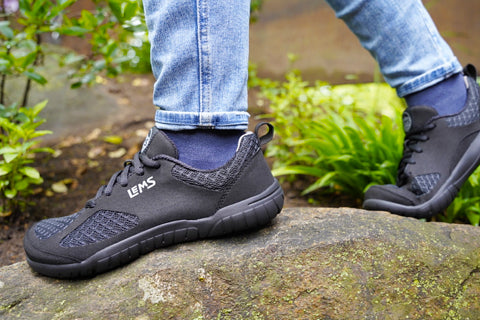 It's important to understand the potential benefits associated with foot-healthy footwear (i.e., flexible-soled, zero-drop, wide toe box shoes, boots, and sandals) for overall foot health and biomechanics in order to get the most out of them. Based on our foot health philosophy and our own personal experience, the top such benefits are the following. Natural Foot Positioning: Foot-healthy shoes position the heel and forefoot at the same height, promoting a...
Read more
It's important to understand the potential benefits associated with foot-healthy footwear (i.e., flexible-soled, zero-drop, wide toe box shoes, boots, and sandals) for overall foot health and biomechanics in order to get the most out of them. Based on our foot health philosophy and our own personal experience, the top such benefits are the following. Natural Foot Positioning: Foot-healthy shoes position the heel and forefoot at the same height, promoting a...
Read more



